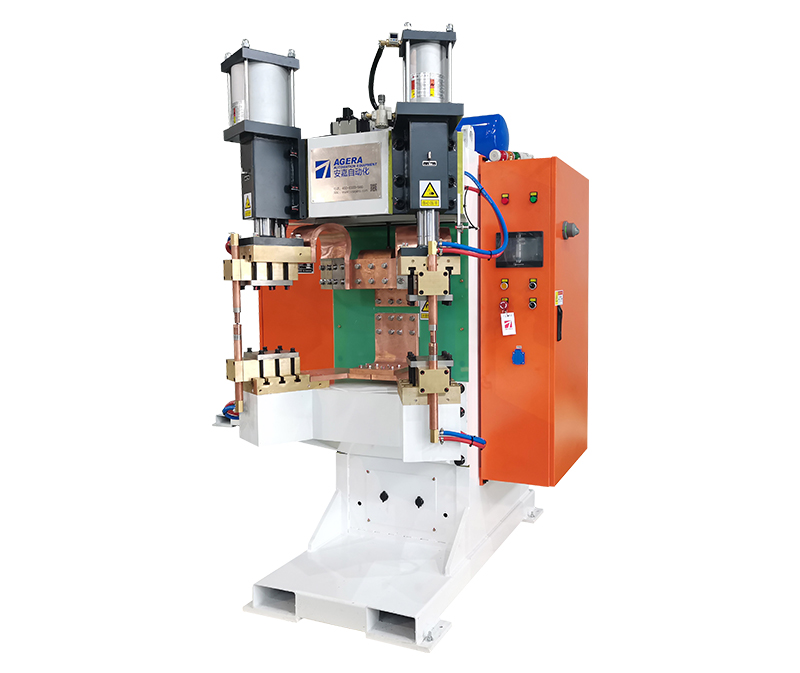In the world of manufacturing, precision and control are paramount, especially in processes like spot welding. When it comes to nut spot welding machines, one critical aspect of the process is controlling the weld pool size. The weld pool size directly affects the quality and integrity of the weld joint, making it a crucial factor to consider in any industrial setting.
Understanding the Weld Pool Size
Before diving into the techniques for controlling weld pool size, it’s important to understand what the weld pool is. In spot welding, the weld pool is the molten metal formed at the joint when an electric current passes through the nut and the workpiece. The size of this molten pool depends on various factors, including the material thickness, welding time, current, and electrode force.
Techniques for Controlling Weld Pool Size
- Adjust Welding Parameters: One of the primary ways to control weld pool size is by adjusting the welding parameters. You can change the current, welding time, and electrode force. Increasing the current and welding time will typically result in a larger weld pool, while reducing these parameters will create a smaller pool. Finding the right balance is crucial, and it often requires some trial and error.
- Material Selection: The type and thickness of materials being welded play a significant role in weld pool size. Thinner materials generally require less energy, leading to a smaller weld pool. If precision is essential, consider using thinner materials to maintain control over the weld pool.
- Electrode Design: The design of the welding electrodes can impact the weld pool size. Electrodes with a larger contact area will distribute the current more evenly, which can help control the size of the pool. Additionally, choosing the right electrode material can also influence the welding process.
- Monitoring Systems: Implementing monitoring systems with feedback control can help ensure consistent weld pool size. These systems can automatically adjust welding parameters based on real-time feedback, maintaining a stable and desired weld pool size.
- Training and Skill: Operator skill and experience are essential in controlling weld pool size. A well-trained operator can make real-time adjustments and fine-tune the welding process to achieve the desired results.
Controlling the weld pool size in a nut spot welding machine is a critical factor in achieving high-quality weld joints. It involves a combination of adjusting welding parameters, selecting appropriate materials, optimizing electrode design, implementing monitoring systems, and relying on skilled operators. By mastering these techniques, manufacturers can ensure precise and consistent results in their welding processes, leading to stronger, more reliable products.
Post time: Oct-19-2023



